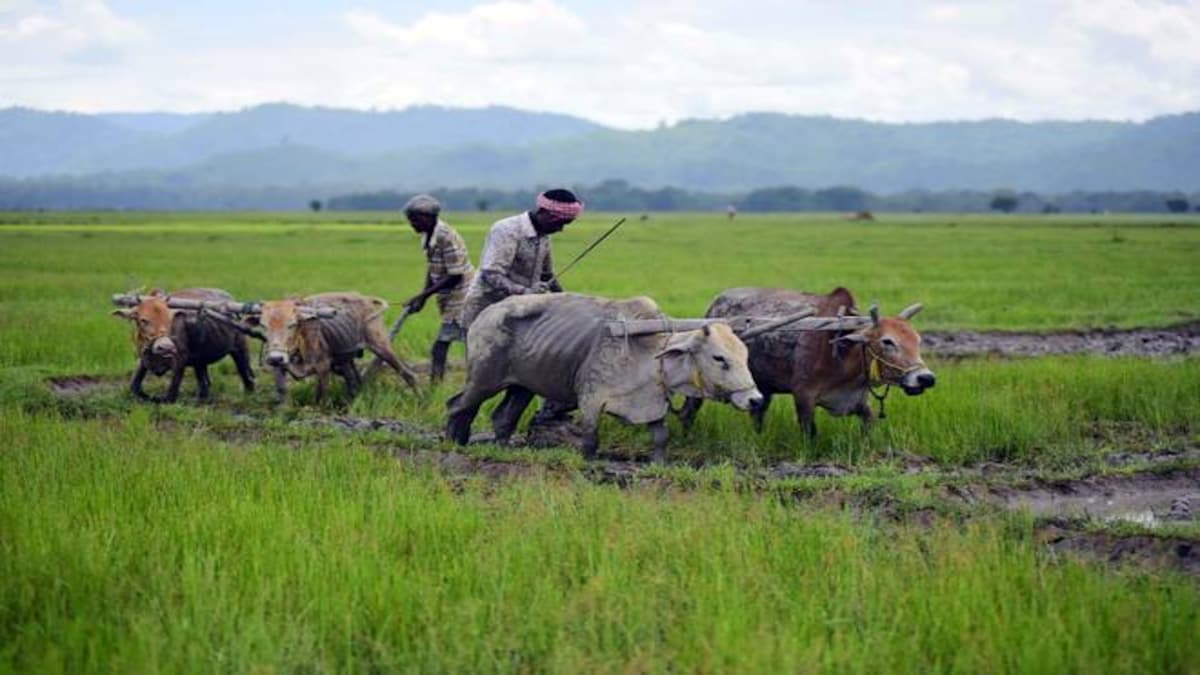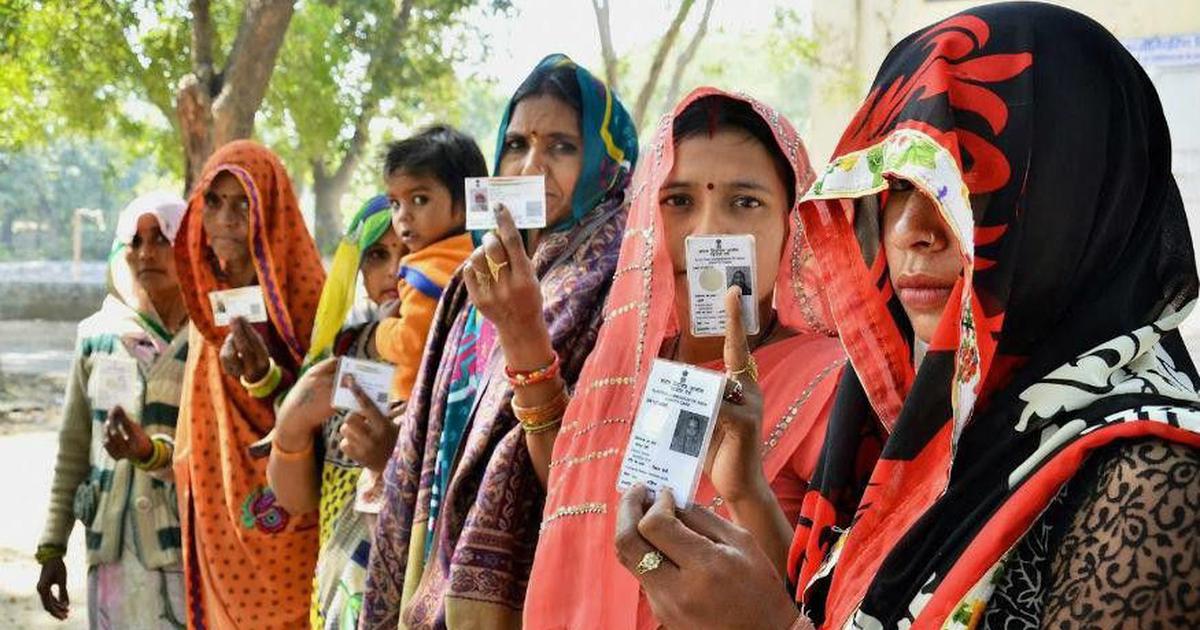Agricultural earnings have, historically speaking, been the factor that has determined which party wins elections. This factor is entirely unrelated to caste calculations or the commotion of populist measures. Seventy percent of people in rural India depend on agriculture as their primary source of income, and the majority of these people—85 percent—are small and marginal farmers who are frequently caught in a never-ending cycle of debt, poverty, and inadequate living standards.

Since this is where small farmers’ earnings have increased over time, it is easy to see why the chief ministers of the states of Telangana, Chhattisgarh, and Odisha continue to have substantial support from the farming community. The first two options are going to be in a vote. It would seem that KCR and Bhupesh Baghel have a good deal of support behind them.
Telangana’s rice procurement, in particular, has increased, going from 36.2 lakh tonnes in 2017-2018 to 88.4 lakh tonnes in 2022-2023. As a result, Telangana has surpassed Haryana as the state with the second-largest rice harvest, behind Punjab. In addition, Chhattisgarh’s total purchase quantity rose from 32.6 lakh tonnes in 2017-2018 to 58.7 lakh tonnes in 2022-2023. This represents a growth of 18.5 percent.

Because almost all Telangana’s farmers irrigate their fields with groundwater, the KCR finds itself in a precarious position. Despite the existence of reservoirs and canals, farmers continue to use borewells as a source of water. KCR is placing a lot of stock in the facts that Telangana purchased 81% of the rice produced in 2021-22 and that the percentage of small and marginal benefit farmers in the Kharif cycle that year was 93%, the highest of any state. Odisha and Chhattisgarh tied for the second-highest percentage of small-marginal farmers who benefited from the program (84.5 and 83%, respectively).

There was an MSP program expansion to cover more small and marginal farmers in these three mid-sized states, resulting in a stabilization of incomes in an industry generally experiencing difficulties. It is beyond my comprehension why political parties don’t emphasize actual policy more and less on caste surveys.

